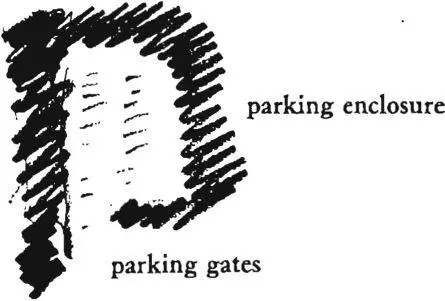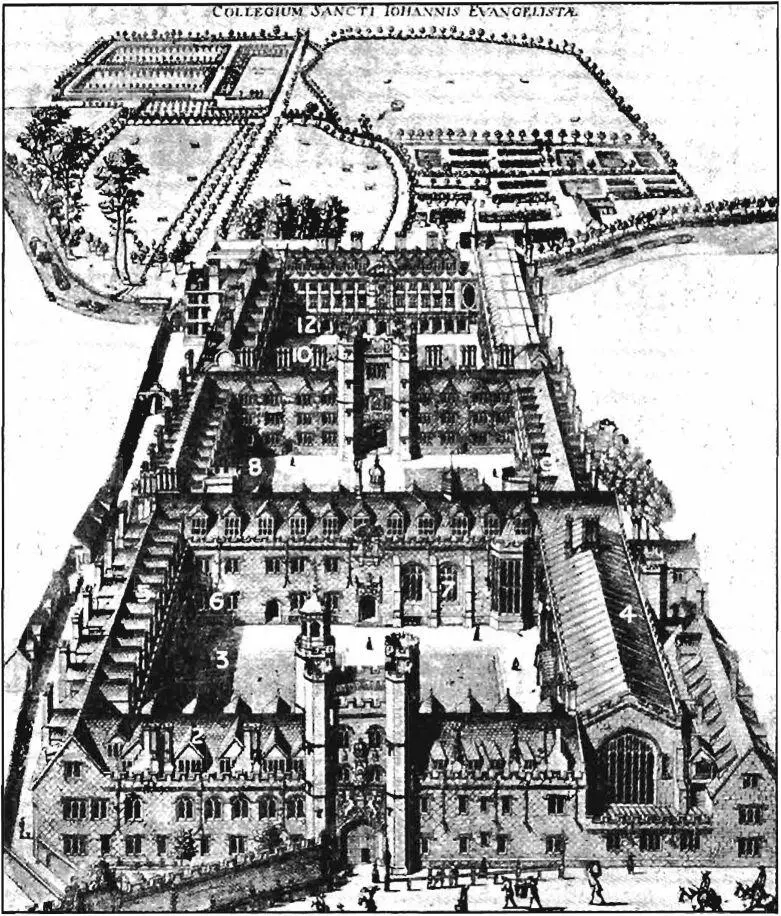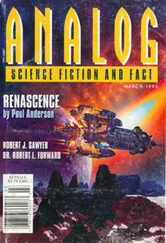Christopher alexander - A pattern language
Здесь есть возможность читать онлайн «Christopher alexander - A pattern language» весь текст электронной книги совершенно бесплатно (целиком полную версию без сокращений). В некоторых случаях можно слушать аудио, скачать через торрент в формате fb2 и присутствует краткое содержание. Жанр: Прочая научная литература, на английском языке. Описание произведения, (предисловие) а так же отзывы посетителей доступны на портале библиотеки ЛибКат.
- Название:A pattern language
- Автор:
- Жанр:
- Год:неизвестен
- ISBN:нет данных
- Рейтинг книги:3 / 5. Голосов: 1
-
Избранное:Добавить в избранное
- Отзывы:
-
Ваша оценка:
- 60
- 1
- 2
- 3
- 4
- 5
A pattern language: краткое содержание, описание и аннотация
Предлагаем к чтению аннотацию, описание, краткое содержание или предисловие (зависит от того, что написал сам автор книги «A pattern language»). Если вы не нашли необходимую информацию о книге — напишите в комментариях, мы постараемся отыскать её.
A pattern language — читать онлайн бесплатно полную книгу (весь текст) целиком
Ниже представлен текст книги, разбитый по страницам. Система сохранения места последней прочитанной страницы, позволяет с удобством читать онлайн бесплатно книгу «A pattern language», без необходимости каждый раз заново искать на чём Вы остановились. Поставьте закладку, и сможете в любой момент перейти на страницу, на которой закончили чтение.
Интервал:
Закладка:
BUILDINGS
grassy earth, walls, or any other buildings of any kind—anything, so long as the interior of the parking structure and the cars are not visible from the surrounding land. On ground level, the shield is especially critical. Shops are useful since they generate their own pedestrian scale immediately. And since the need for parking often goes hand in hand with commercial development, shops are often very feasible economically.
 |
| A shielded farking structure. |
And of course, the houses themselves can serve the same function. In Paris, many of the most charming and beautiful apartment houses are arranged around courtyards, which permit parking inside, away from the street. There are few enough cars, so that they don’t destroy the courtyard, for the houses; and the street is left free of parked cars entirely.
Along with the need to shield parking structures there is the equally pressing need on the part of a driver to be able to spot the parking structure quickly—and see how it is connected to the building he is headed for. One of the most frequent complaints about the parking near a building is not that it is too far away, but that you don’t know where you can go to find a parking spot and still be sure of how to get back into the building.
This means that
1. Parking, which is specifically for the use of visitors, must be clearly marked from the directions of approach, even though the structure as a whole is shielded. The person who is coming by car will be looking for the building, not the parking lot. The entrance to parking must be marked as an important entrance—a gate —so that you can see it automatically, in the process of looking for the building. And it must be placed so that you find it about the same time that you see the building’s main entrance.
2. While you are parking your car you must be able to see the exit from the parking area which will lead you into the building. This will let you search for the closest spots, and will mean that you don’t have to walk around searching for the exit.
Therefore.
Put all large parking lots, or parking garages, behind some kind of natural wall, so that the cars and parking structures cannot be seen from outside. The wall which surrounds the cars may be a building, connected houses, or housing hills, earth berms, or shops.
Make the entrance to the parking lot a natural gateway to the buildings which it serves, and place it so that you can easily see the main entrance to the building from the entrance to the parking.
| shield |  |
For shields seehousing hill (39),housinc in between
(48), INDIVIDUALLY OWNED SHOPS (87), OPEN STAIRS (I 5 8),
gallery surround (166). One of the cheapest ways of all to shield a parking lot is with canvas awnings—the canvas can be many colors: underneath, the light is beautiful—canvas roofs (244). Make certain that the major entrances of buildings are quite clearly visible from the place where you drive into parking lots, and from the places where you leave the parking lots on
foot-CIRCULATION REALMS (98), FAMILY OF ENTRANCES (l02),
main entrances (I 10). In covered parking structures, use a huge shaft of daylight as a natural direction which tells people where to walk to leave the parking—tapestry of light and dark (135)5 and finally, for the load-bearing structure, engineering, and construction, begin withstructure follows social spaces (205). . . .
479
| 98 CIRCULATION REALMS** |
|---|
 |
480
. , . once you have some rough idea how many buildings you are going to build—building complex (95), and how high they are to be—number of stories (96), you can work out roughly what kind of layout they should have to make the access to them clear and comfortable. This pattern defines the overall philosophy of layout.
In many modern building complexes the problem of disorientation is acute. People have no idea where they are, and they experience considerable mental stress as a result.
. . . the terror of being lost comes from the necessity that a mobile organism be oriented in its surroundings. Jaccard quotes an incident of native Africans who became disoriented. They were stricken with panic and plunged wildly into the bush. Witkin tells of an experienced pilot who lost his orientation to the vertical, and who described it as the most terrifying experience in his life. Many other writers in describing the phenomenon of temporary disorientation in the modern city, speak of the accompanying emotions of distress. (Kevin Lynch, The Image of the City , Cambridge, Mass.: MIT Press, i960, p. 125.)
It is easiest to state the circulation problem for the case of a complete stranger who has to find his way around the complex of buildings. Imagine yourself as the stranger, looking for a particular address, within the building. From your point of view, the building is easy to grasp if someone can explain the position of this address to you, in a way you can remember easily, and carry in your head while you are looking for it. To put this in its most pungent form: a person must be able to explain any given address within the building , to any other person, who does not know his way around , in one sentence. For instance, “Come straight through the main gate, down the main path and turn into the second little gate, the small one with the blue grillwork—you can’t miss my door.”
At first sight, it might seem that the problem is only important for strangers—since a person who is familiar with a building can find his way around no matter how badly it is organized.
BUILDINGS
However, psychological theory suggests that the effect of badly laid out circulation has almost as bad an effect on a person who knows a building, as it does on a stranger. We may assume that every time a person goes toward some destination, he must carry some form of map or instruction in his mind. The question arises: How much of the time does he have to be consciously thinking about this map and his destination; 1If he spends a great deal of time looking out for landmarks, thinking about where to go next, then his time is entirely occupied, and leaves him little time for the process of reflection, tranquil contemplation, and thought.
We conclude that any environment which requires that a person pay attention to it constantly is as bad for a person who knows it, as for a stranger. A good environment is one which is easy to understand, without conscious attention.
r
~v
-n,
What makes an environment easy to understand? What makes an environment confusing? Let us imagine that a person is going to a particular address within a building. Call this address A. The person who is looking for A does not go directly toward A—unless it happens to be visible from the point where he starts. Instead, he sets his journey up to form a series of steps, in which each step is a kind of temporary intermediate goal, and a taking off point for the next step. For example: First go through the gate, then to the second courtyard on the left, then to the right-hand arcade of the courtyard, and then through the third door. This sequence is a kind of map which the person has in his head. If it is always easy to construct such a map, it is easy to find your way around the building. If it is not easy, it is hard to find your way around.
Читать дальшеИнтервал:
Закладка:
Похожие книги на «A pattern language»
Представляем Вашему вниманию похожие книги на «A pattern language» списком для выбора. Мы отобрали схожую по названию и смыслу литературу в надежде предоставить читателям больше вариантов отыскать новые, интересные, ещё непрочитанные произведения.
Обсуждение, отзывы о книге «A pattern language» и просто собственные мнения читателей. Оставьте ваши комментарии, напишите, что Вы думаете о произведении, его смысле или главных героях. Укажите что конкретно понравилось, а что нет, и почему Вы так считаете.












